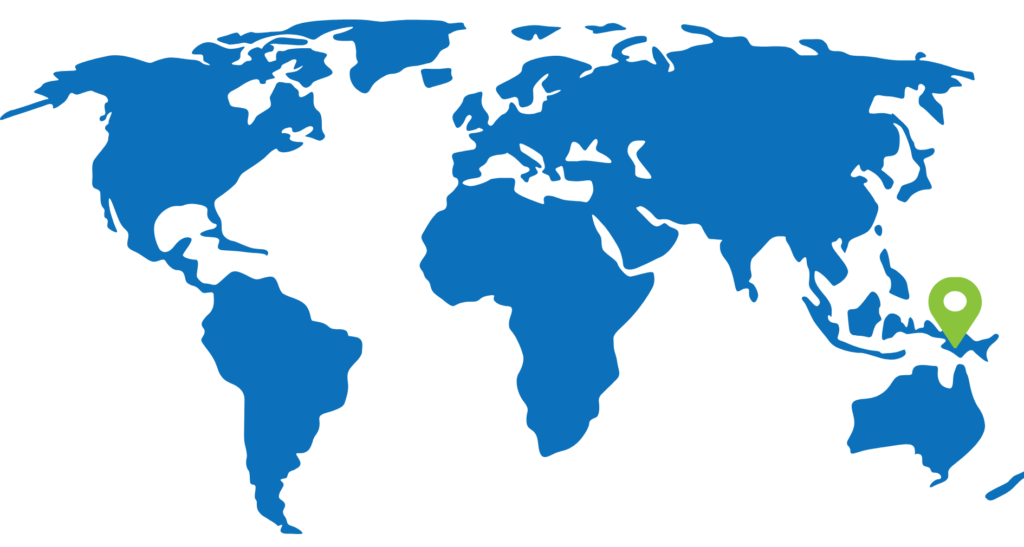Papua New Guinea’s National Information and Communications Technology Authority (NICTA) recently released an updated draft of its Spectrum Outlook and Roadmap 2025–2030. This latest version, building on the December 2024 draft, incorporates input from expert reviews and soft consultations with licensees. It sharpens focus on market efficiency, equitable spectrum access, and increased accountability for spectrum usage.

Regulatory Shift Toward Market-Based Assignments
One of the most significant updates is NICTA’s plan to double the currently assigned International Mobile Telecommunications (IMT) spectrum from 447.6 MHz to a minimum of 900 MHz over the next five years. This comes in response to stark underutilization and asymmetrical holdings among Mobile Network Operators (MNOs), where low-subscriber operators like KCL currently control over 13% of assigned spectrum.
The revised roadmap pushes for a stronger reliance on market-based spectrum assignments. NICTA highlights Section 6 of its Radio Spectrum Regulations, which gives it authority to set market-based fees and revise spectrum values through a formula accounting for location, frequency, bandwidth, and service type.
Additionally, NICTA is reviewing the spectrum pricing model in Schedule 2, with plans to publish updated guidelines on service type and geographic value weighting. The goal is to motivate spectrum reallocation from underperforming holders to higher-value users, an issue emphasized in the March draft more forcefully than in prior versions.
Addressing Asymmetries and Utilization Gaps
Key updates include proposals to rebalance spectrum holdings among the “Big Three” MNOs: Telikom, Digicel, and Digitec Vodafone. Telikom holds nearly 1.5 times more spectrum than its competitors, yet subscriber-to-MHz ratios indicate highly inefficient use. The roadmap flags this as a direct violation of its duty under Section 164(a) of the NICT Act to maximize public benefit from spectrum allocation.
NICTA is now considering reclaiming or repurposing underutilized spectrum, particularly in the sub-1GHz bands, to promote competition and service coverage.
Satellite and Fixed Link Spectrum Management Enhancements
The roadmap also underscores the need to transition hundreds of individual satellite terminal licenses to a class license model. Additionally, it outlines a plan to clear and repurpose fixed microwave and mmWave links currently occupying bands like 5925–6425 MHz and 3600–4200 MHz. These bands are slated for future IMT and RLAN use, requiring coordination with current users to avoid interference.
Looking to Global and Regional Benchmarks
NICTA has aligned its strategy with Asia-Pacific Telecommunity (APT) recommendations and benchmarked policies from Australia, Pakistan, and Sri Lanka. These comparisons underscore the need for harmonized frequency use, spectrum auctions, and service-neutral licensing to future-proof PNG’s connectivity landscape.
NICTA’s March 2025 update also reaffirms its commitment to transparent stakeholder engagement, with consultations open until July 4, 2025.
For this article’s source information and any product certification guidance, please contact Global Validity.
Quick Country Facts
Papua New Guinea
Certification Body: National Information and Communications Technology Authority (NICTA)
Certification Type: Mandatory
License Validity: Indefinite
Application Language: English
Legal License Holder: Manufacturer
In-Country Testing Requirement: Testing Not Required
The regulatory information above is based on radio type approval certification. Access additional certification requirements in over 200 countries and territories with Global Validity’s free proprietary product certification management software, Access Manager. Learn more about the platform here or fill our quick contact form!
Global Validity is your partner for global certification success
Want to learn more about regulatory compliance and how we can help? Simply fill out the form below and we’ll be in touch!
